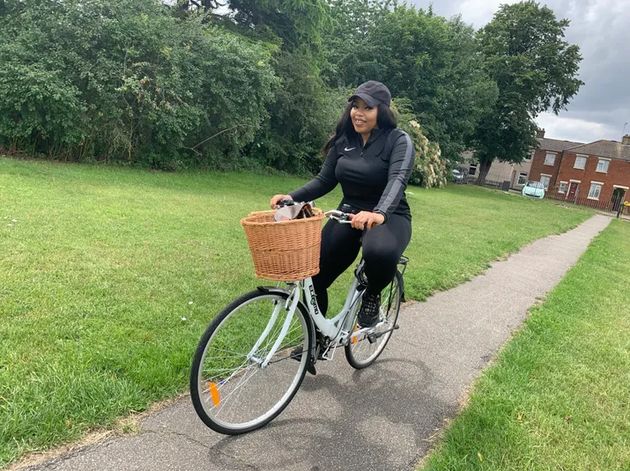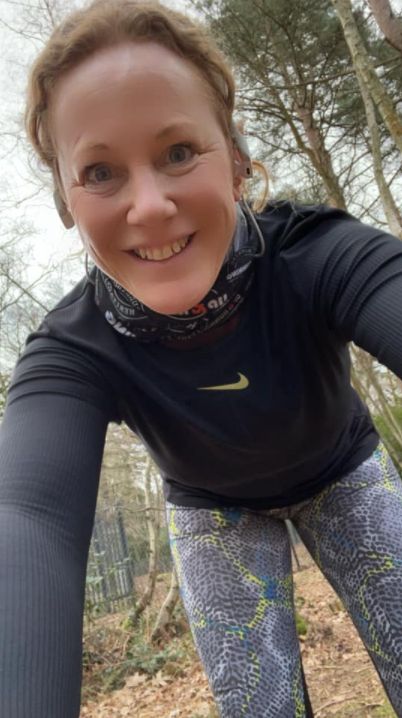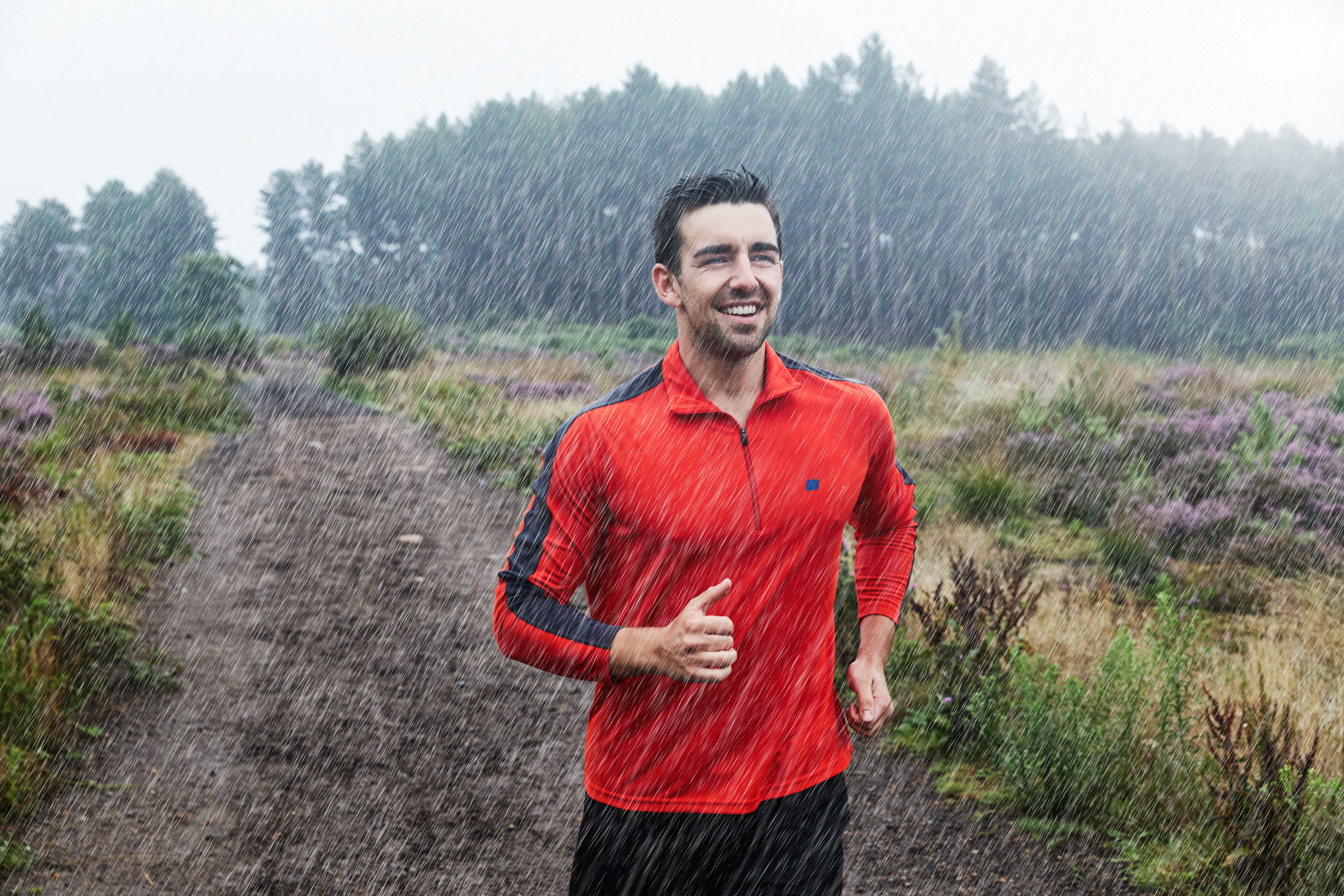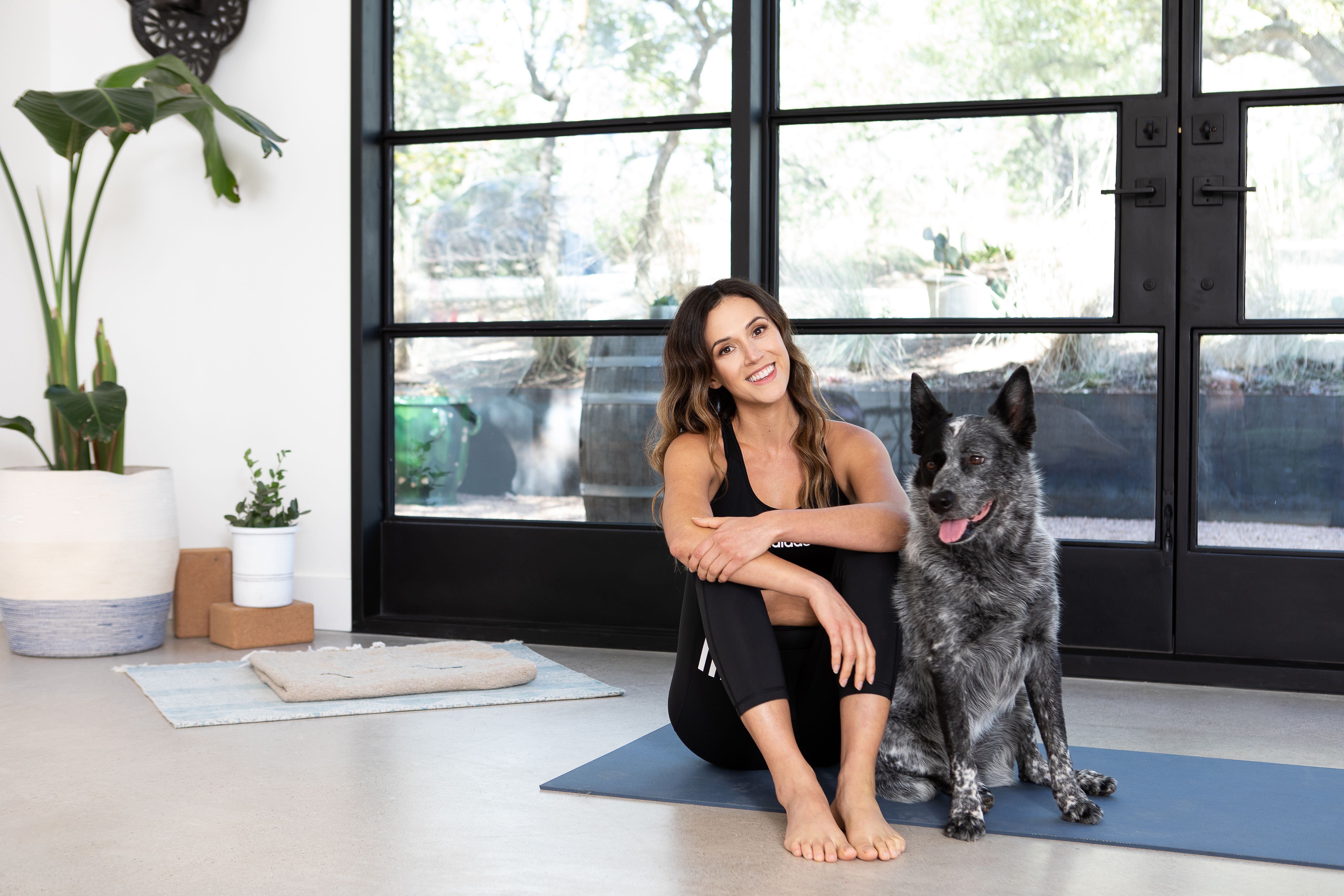“I give the British people a very simple instruction: you must stay at home.”
Those were the words of Boris Johnson, in March 2020, when lockdown was announced. Our ability to move freely, something most of us took totally for granted, was suddenly restricted – in every sense, not just for fitness.
We couldn’t go to the gym, to a bootcamp class, or for a long, three-hour hike in the countryside. We couldn’t go for a run with a mate, to a swimming pool, or even to one of those outside gyms in the park. Instead, we had to stay home, leaving our houses only for essential reasons: for food, medicine, work (if we had no choice) and ‘daily exercise’ – initially limited to an hour a day. Our routines came to a standstill.
We were told not to move, and suddenly we’d never wanted to move more.
And so we did. Some virtually befriended Joe Wicks and sweated in front of their TVs each day. Others downloaded couch to 5K and kickstarted a new-found love of running. People skipped, turned their living rooms into gyms or studios, did a 30-day yoga course with Adriene, or explored their local area like never before on daily walks.
Celebs were in on it, too. Gordon Ramsay went on 100k bike rides in Cornwall. Ellie Goulding worked out most mornings, when there was “literally no excuse” not to. Ruth Langsford skipped and Oti Mabuse danced with our kids.
Our exercise habits changed – there’s no doubt about it. But why was the pandemic such a driving force in getting us moving – and has it stuck?
Natalie Trice, 46, from Devon, had a “hit and miss” approach to exercise pre-pandemic. She’d take her dogs on walks, but her gym membership was rarely used. When lockdown hit, she put on her trainers and walked – a lot. “It would either be by the sea or up the many hills in our village,” she says.

Having lost her work, she was retraining to be a coach. She’d listen to books and podcasts to enhance her training and, as she started to get fitter, she’d walk further. “I’d make time for at least an hour of walking a day and stuck to it for the whole year, even on Christmas Day,” she says.
Trice never renewed her gym membership – in fact, just 31% returned to their gym when first lockdown ended, a RunRepeat survey found, and 59% of more than 5,000 surveyed cancelled or considered cancelling their memberships.
The stats are there: Sport England noticed a surge in appreciation for exercise during the first lockdown. People turned to cycling and walking to stay active outdoors, it found, with 63% across the first six weeks of lockdown saying exercise was important for their mental health. “New exercise habits have formed as a result of the restriction on movement,” it concluded.
Even a study in the British Medical Journal (BMJ) found that, despite challenges to an active lifestyle, the Covid-19 lockdown “led to increases in population-level interest in and engagement with physical activity”. Researchers said the potential explanations for this included us having more time, all that messaging from health authorities about exercise, and, well, not having anything else to do.
A survey of more than 7,600 UK adults published by Decathlon for its Decathlon Activity Index, revealed almost half (42%) of adults exercised more than they did before social distancing measures were introduced – with running, cycling and yoga all surging in popularity since the virus took hold. More than one in four (25%) said they found exercising more enjoyable, while one in three (31%) said working out has helped to improve their mental health.
Wellbeing psychologist Wendy Shooter believes the motivation came from a growing awareness of our bodies’ need for physical movement to feel and be okay. There were other aspects at play as well, she says: we had time on our hands – and limited options as to how we could spend it. People were very conscious, sometimes terrified, about their health. Exercise classes were ‘de rigueur’ – and, in some cases, all anyone was doing and talking about.
How we respond to being told to “stay home” will depend on our personalities, Shooter adds. “There is the power of suggestion,” she says. “If I ask you not to think about pink penguins – all you can think about is pink penguins. If I ask you not to leave your house, maybe all you can think about is leaving your house!”
Even those who exercised regularly before lockdown had to rethink how to move when gyms switched off their machines and closed their doors.
Jennifer Emele, 25, from Essex, took up cycling. Before Covid, she’d go to the gym with her sister, Miriam. When lockdown hit, she bought her first ever adult bike. She’d ride 40km at a weekend – with a cheeky picnic in between – and even started her own cycling club. “We met every fortnight to ride,” she says. “We challenged ourselves to cycle 50km, too.”

Emele was in a car accident in the summer which meant she had to stop due to her injuries. “Now I aim to walk 10,000 steps or more six days a week,” she says. She’s been inspired by Lydia Dinga’s #DingaStepChallenge, which sees the travel and lifestyle influencer encourages people to reach a certain step count over a month, with one rest day a week.
Walking became the nation’s favourite physical activity in the early weeks of lockdown, Sport England found, with more than 21 million adults walking at “moderate intensity” – running also proved popular. The report showed the number of people cycling for leisure or sport also increased from 6.1m to 7.2m from mid-March to mid-May, compared to the same period the year before.
André Gwilliam’s step count went up, too. The 28-year-old who lives in Leeds, would reach an average of 2,000 steps a day before Covid. “The first lockdown was a make or break moment for me with my fitness and my mental health, both equally as important,” he says. “Like Forest Gump, I started running lots!”

Initially, he’d go out two to three times a week, trying to build up to a 5k. That soon increased to 10k. “Across 2020 from March, I’d run a total distance of 338 miles,” he marvels. Lockdown specifically changed the amount he exercised, he says, because he needed to “escape the four walls of home and my mind”.
Personal trainer and coach, Luke Goulden, believes people are exercising more because they’ve started to value that simply moving – whenever, wherever – impacts our state of mind.
“How did lockdown make us feel? For the best part, it sucked,” he says. “What is the single most effective thing we can do to shift our mood? Move. Exercise. Lift weights. Run. Stretch and so on.”
Goulden’s hope is that this mindset can stick now we recognise the positive impact of movement on our minds and bodies. “It’s so powerful,” he says. “Moving creates momentum in a feelgood direction.”
Exercising at home saw a boom in lockdown, compared to the same two-month period in 2019, as people were encouraged to get active indoors. Between March and May 2020, there was an increase in home exercise of 2.1m.
For Kirsty Mason, 26, who lives in London, keeping good fitness habits had always been hard – “it was more of an after-thought,” she says. But when we locked down, this shifted. “I’ve always felt like getting up before work to exercise is too tiring and I’m exhausted after work,” she says. “Without the commute, I had a lot more time on my hands.

“All of a sudden I found myself getting up before work or doing a HIIT after work – something I would never have dreamed of before the pandemic. I was wrong when I thought I’d have less energy, it’s the opposite!” Mason did (and continues to do) HIIT classes with Joe Wicks or on Centr, as well as running.
No longer having a commute was the main driving force in creating that exercise routine, she adds. “It’s given me a chance to reflect on what’s important in life and looking after my mental health. I don’t try and think about weight or muscles, that’s just an added benefit. It’s about how good you feel.”
Rachel Bradley, 48, from Wokingham, also had a sporadic exercise routine before Covid. “I was always too busy, tied to my desk and would generally put it off,” she says. “Obviously I did have the time but I just found excuses!” With fewer meetings and less time spent commuting to clients, she found time. Bradley knew she could go one of two ways: “I could do nothing, put weight on and just relax into lockdown life, or I could get my act together. I’m 50 next year, so I thought it was a great chance to make daily exercise part of my life.”

The balmy weather in April 2020 hooked her in, and she “rode the wave of jumping online with free workouts”. She also started running. “Now I can’t get through a day without a run through the trees,” says Bradley. “I was rubbish at first, but I downloaded the free Nike Run Club app, and I’ve been taking part in monthly challenges. This month I’m running 88 miles for the Brain Tumour Charity.”
For some, it hasn’t been so easy. Jodie Rose, 26, from Lancashire, has fibromyalgia and joint hypermobility syndrome, which affects her joints. Before lockdown, she’d go to the gym two to three times a week when she felt well.
“The gym is a lot easier for me because I can sit down on the resistance machines to do exercise,” she explains. “I struggle to stand for long periods as I get lightheaded but my doctors said to me it’s really important to exercise otherwise I’ll become de-conditioned. Especially for the joint hypermobility, stronger muscles reduce the chance of sprains or dislocations.”
Rose can’t exercise at home, she says, because she doesn’t have the equipment and her two dogs will jump all over her.
“The gym was one of the only times I got to get out of the house,” she adds – she can’t wait to get back in and start moving when they reopen on April 12.
To stay motivated with exercise, in lockdown and beyond, Goulden suggests we link movement to what matters most to us in life. “For example,” he says, “if your career is one of your highest values, link how moving or going for a walk will have a positive impact on your day from a professional standpoint. Will it provide you with more energy and focus? This means it has more purpose.
“If your family is your highest value: are you a better parent or partner if you have moved? I know personally that if I haven’t moved much, I can feel lethargic and tired and that isn’t me at my best. Think about how moving supports you and your life. It can help when you’re struggling with motivation.”
Ultimately, Trice says integrating exercise in her life has kept her moving – physically and mentally – through the pandemic.
“I know that even on the coldest days, when it’s raining or when I just want to snuggle up on the sofa with the kids, getting out and walking will make me feel great and give me time to process my thoughts,” she says. “Lockdown showed me I didn’t need the luxury gym and spa to exercise, I needed self-motivation and headspace – and that is what walking has done for me.”






